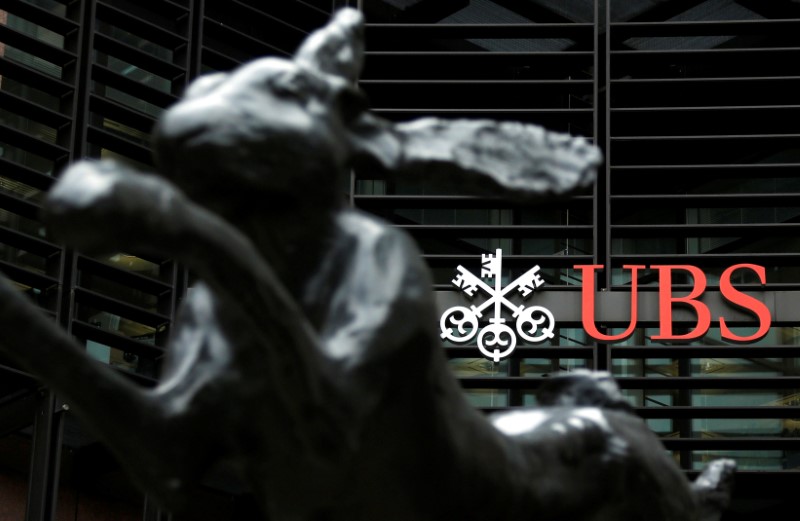This post was originally published on this site
https://i-invdn-com.akamaized.net/news/LYNXMPED2J0J4_M.jpg
Keith Parker, UBS’s head of equity strategy, dusted off the methodology after noticing many firms hadn’t updated their data on individual stocks for weeks. His verdict: existing data on earnings in the next 12 months are probably underestimating the scope of the decline in S&P 500 income by a factor of 2.
Here’s how it works. Say a stock has 10 analysts covering it, five of which have lowered their prediction by 10% in the last week, while five left it unchanged. One of the models Parker is using assumes that the laggards will eventually get around to making cuts resembling the first group, and considers the “implied” EPS revision to be 10%.
In the past four weeks, reflecting both updated and unchanged estimates, the consensus target for S&P’s earnings in the next 12 months has fallen by 8.4%. According to Parker’s methodology, the implied EPS decrease is almost twice that.
“In times of such economic uncertainty, you often have earnings that come in and change slowly as analyst look for data points to change their earnings estimates,” Parker said by phone. “If we want to get a more timely forecast, we should adjust for those incorporating market information at their own pace.”
Such gaps often open up during periods of high uncertainty. According to Parker, the delay itself is useful in determining market direction. When the divergence between real and implied estimates narrowed to 1 or 2 percentage points in February 2009 and early 2016, a bottom was imminent.
“It’s going to remain pretty wide for the next few weeks, but it should narrow as we get through the first-quarter reporting season, as we see a reset and aligning of expectations, which is an important precondition for finding the bottom,” Parker said by phone. “What I think is going to be important is the magnitude of earnings revisions in the next few weeks.”
Wall Street has almost never disagreed this much about what companies will earn, with many forecasts going stale as researchers refused to hazard guesses. The available data through Friday suggest the consensus calls for operating income to fall 8.3% in the first quarter. That as some Wall Street strategists see a double-digit earnings decline in the same time. For the full year, analysts see a 5.9% drop in earnings followed by a 16% rebound in 2021.
The difference in EPS revisions has been uneven on a sector basis. Industrials have had a 13 percentage-point gap between implied and actual EPS revisions, the biggest among 11 industry groups, meaning upcoming “actual” downgrades could be large. For utilities and health-care stocks, revision trends in both categories have been more or less the same.
©2020 Bloomberg L.P.

